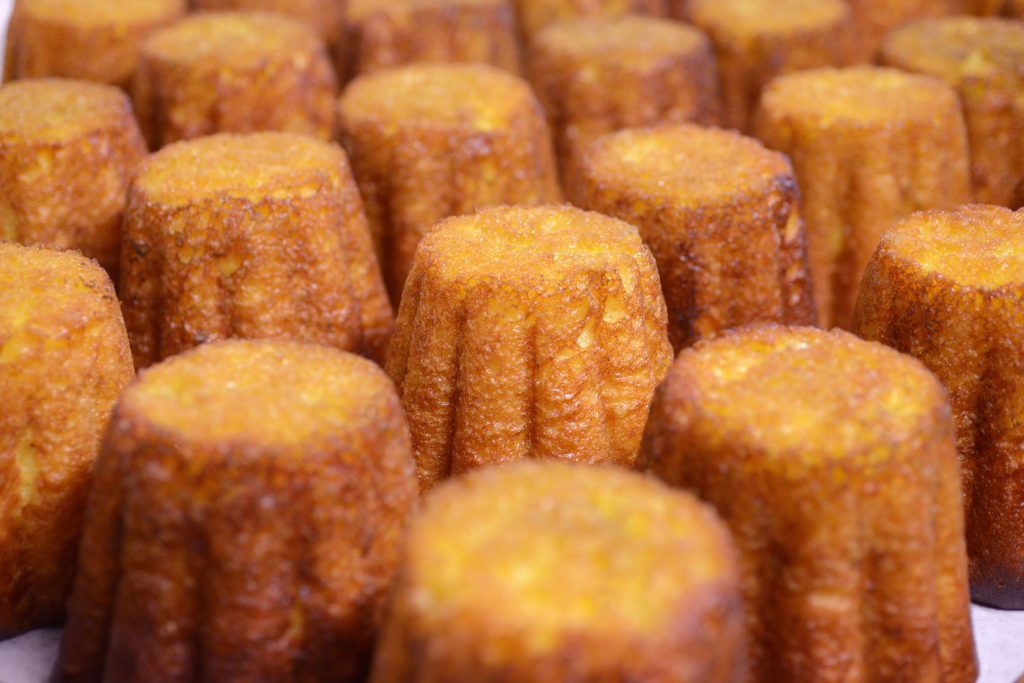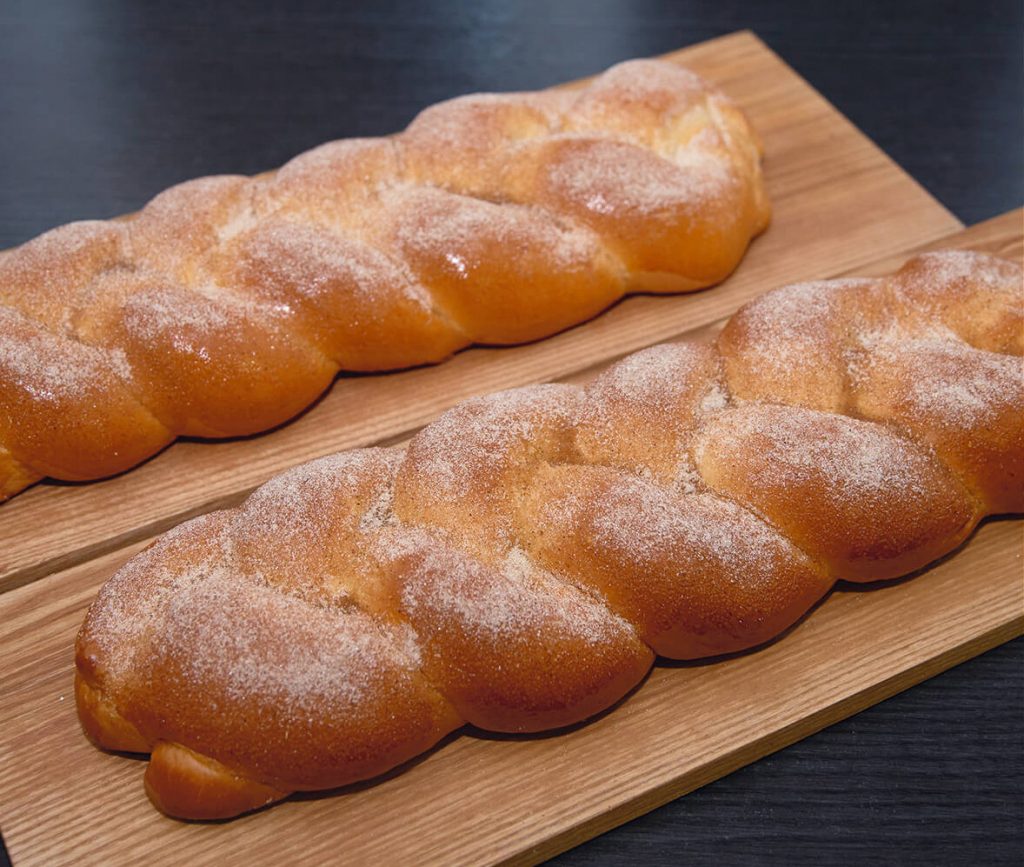ONCE UPON A TIME ...
All articles… brioche bread was born
Is brioche bread really from Normandy? Maybe, maybe not. In the city of Rouens, references were made as early as 1404 to “two breads and four brioches.” Examining the word’s etymology, brioche apparently comes from the Norman word “brier,” which means to knead dough with a grinder or a type of roller known as a “brie,” and the suffix “-oche,” which comes from the word “hocher” (to mix). When brioche bread arrived in Paris in the 17th century, poet and lexicographer Antoine Furtière described it as a “delicate pastry made with very loose flour, butter, and eggs.”
The first written recipe appeared in 1742, and as time passed subsequent recipes called for evermore butter. In 1890, pastry chef and culinary arts historian Pierre Lacam named a recipe with 625 grams of butter for 500 grams of flour as “royal brioche.” He added that, “brioche will always get the better of all other cakes: a poorly built house, a poorly baked brioche… It is the cornerstone of a well-built house… if you can’t bake a good brioche your establishment will lose the trust and respect of its customers.”
In the 19thcentury, several regions in France developed their own special way of making brioche. The ratio of flour-eggs-milk-butter varies according to tradition, and some recipes add yeast, sourdough, whipped cream, grapes, and even candied fruit. Brioche recipes call for all shapes and sizes - long, round, or crown – and vary in both density and texture.

Here are a few modern and traditional specialties:
Parisian brioche is made with two balls of dough, one on top of the other. The larger one represents the body and the smaller one the head.
Nanterre brioche is a rectangular-shaped Parisian brioche made with several small balls of dough stuck together.
Saint-Genix brioche cake has an orange blossom aroma and is filled pink pralines. The recipe was created in Pierre and Fraçoise Labully’s guest house in Saint-Genix-sur-Guiers (Savoie).
Since 1900, “Gâteau battu” (“pound cake”) has been an official specialty from Picardy. The recipe calls for lots of butter and eggs, and once baked this brioche is moist and airy.
The “brioche dance” is a traditional part of weddings in Vendée, where the “brioche vendéenne” label was created in 1949. Another brioche from Vendée, “gâche vendéenne” (a PGI since 2011) is much denser.
Praluline, created in Roanne in 1955 by Auguste Pralus, is a brioche made with butter and garnished with pink pralines.
Pastis Landais is a small, dense, and moist brioche made with vanilla, rum, anis, or orange-blossom water, and sprinkled with pearl sugar.
King’s cake from Provence, also known as king’s brioche in Bordeaux, is made with orange blossom water and covered with pearl sugar and candied fruit. Both are made to celebrate Epiphany.

Here are some Relais Desserts recipes:
Brioche pudding from Frédéric Cassel
Small Raspberry puff pastry brioches and puff pastry brioche with vanilla from Laurent Duchêne
The Nanterre brioche from Nicolas Bernardé
BRIEFLY
Laurent Le Daniel has just been named a Chevalier dans l’Ordre National du Mérite. Congratulations to him for this prestigious award, which rewards a passionate pastry chef very invested in the sustainability of his profession.
Prepare Valentine’s Day! Take the time to discover the chocolate or fruity sweets offered by our chefs for sale online. By ordering this week you will be delivered on time.
The French team is selected for the Pastry World Cup! She won the European Cup ahead of Italy and the United Kingdom who are also selected for the grand final in January at Sirha.
JOBS
Pâtisserie
La maison Zanin recrute pour son laboratoire de Sallanches un Second pâtissier en CDI – 39h. Toutes les informations ici !
Pâtisserie
La maison Ducobu, en Belgique, recrute sur différents postes. Toutes les informations ici.





